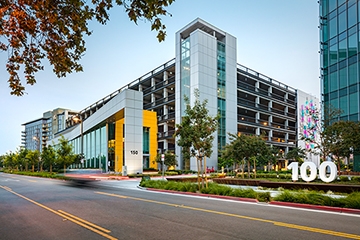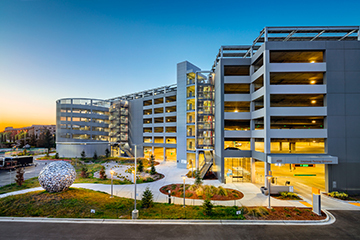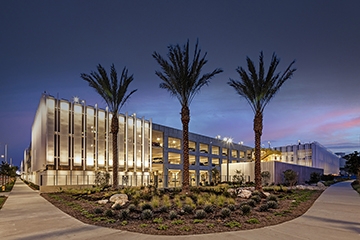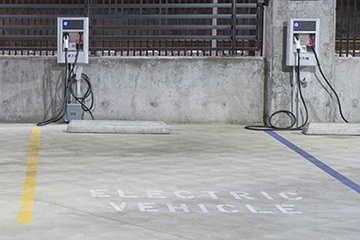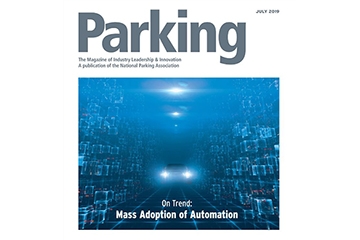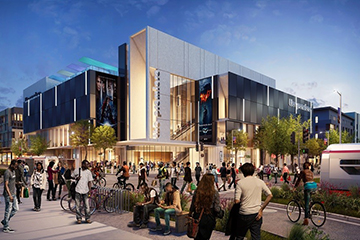Original Source: "The Green Standard: Discovering the Unknown" by Michelle Wendler for Parking & Mobility Magazine

As the parking and mobility world continues to adapt to an ever-changing urban landscape, one of the challenges we face is anticipating the effects new concepts and technologies will have on parking design, and how they can be effectively integrated. When something is new or hasn’t been done before, it’s up to us to imagine, theorize and evaluate how to realize it. But no matter how many scenarios we consider or contingencies we prepare for, reality will inevitably produce unanticipated outcomes both positive and negative.
Therefore, an important part of our evolution in this rapidly changing industry is to pay careful attention to the real world results of our efforts. In other words, what works and what should we change for next time?
Consider EV charging stations. As a requirement for both Parksmart and an increasing number of city codes, developing the right program to ensure that users are getting the most out of this growing technology is critical. Simply installing a charging station might not be enough. What happens, for instance, if a car parks at a charging station for hours longer than needed to gain a full charge? Now that charging station isn’t living up to its potential. If use patterns suggest this is a chronic problem, perhaps a valet program that moves cars around during the day can solve the problem.
Advanced lighting systems are another sustainable component that require a little trial and error. Many parking structures are being designed to incorporate state of the art lighting systems that rely on motion sensors. Light control sensitivities and sensor zoning can be customized to fit the unique needs of a given site. However, if those needs are not monitored and evaluated and/or the programming is not adjusted accordingly based on actual use, owners may not be getting as much out of those systems as they anticipated.
Think also about curb management. Many destinations are grappling with how to handle the growth of ridesharing and its impact on congestion at the curb. Airports are experimenting with alternative pick up and drop off locations that offer more opportunity to control the flow of traffic and reduce congestion. Busy downtowns are adopting flex zones that prioritize transit. While we can predict what we think will happen with this change in both mindset and operations, we won’t really know how effective these strategies will be until we see them in action and get a feel for the intangibles that can’t be taken into account.
In addition to systems that impact the user directly, we also need to keep watchful eyes on new concepts and design elements that everyday users might not see. Parking’s dedication to sustainability and continued efforts to reduce the carbon footprint of parking is going to reach a new milestone in a few months when a parking structure in Denver for the Denver Health Medical Center will aim to be the first Net Positive garage in the United States. Since this will be the first structure of its kind, we look forward to seeing how closely our estimations on the power needs of the structure and the energy generation of the PV array are to reality
This is an exciting time to be in the parking industry. We’re challenged more than ever to innovate and solve challenges that we never dreamed of even a few years ago. As we do so, we will inevitably encounter the unpredictable, despite our best efforts to think of everything that could go both right and wrong. As the saying goes, “we don’t know what we don’t know.” Part of our role as parking professionals will be to learn from these experiences and use that new knowledge to strengthen our future efforts and realize their full potential.


